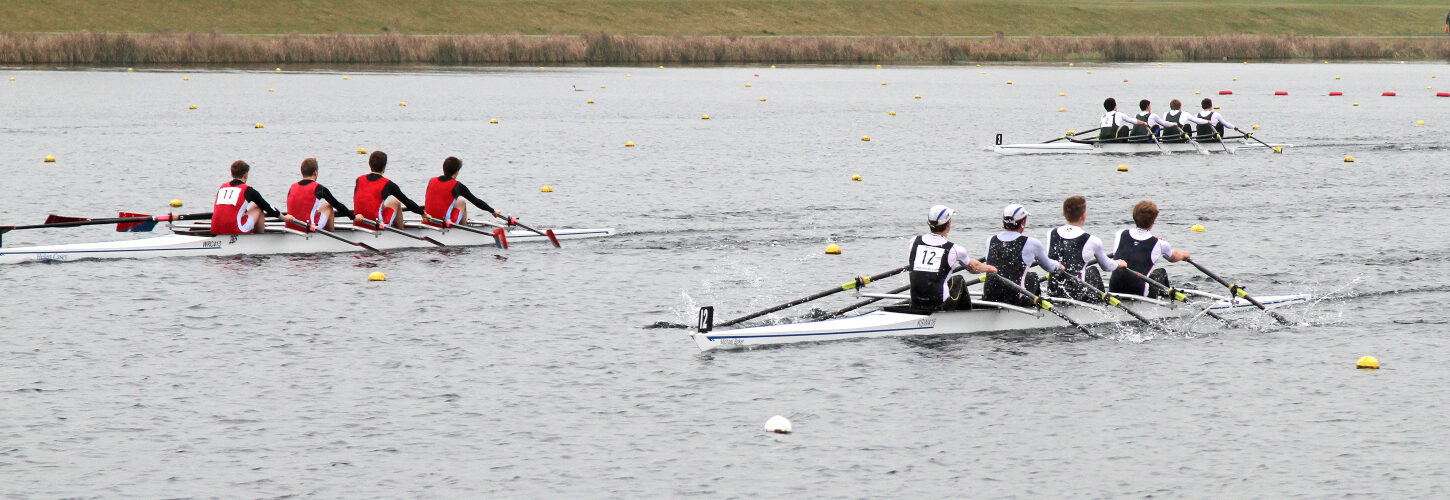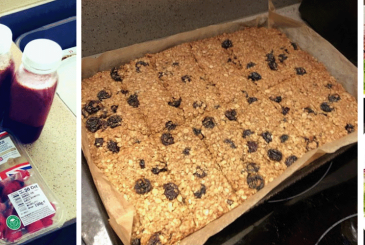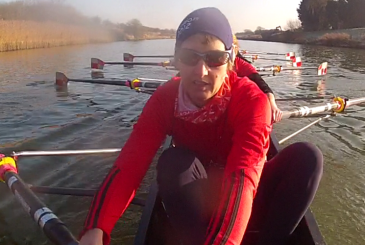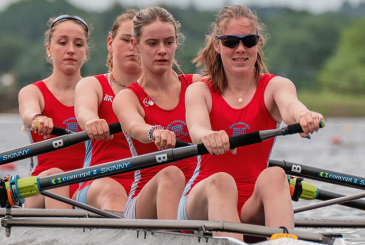As Schools’ Head and the Junior Sculling Head approach, Rachel Egan from Junior Rowing News compares both competitions and relives her own experiences racing
With Head season nearing a close, the Schools’ Head of the River Race (SHORR) and the Junior Sculling Head (JSH) stand as the finales to the relentless winter calendar we’ve had this year.
However, the two events (within two days of each other) have experienced recent changes that polarise them completely as races, despite having similar prestige. In 2019 organisers decided to eliminate almost all sculling events from SHORR, leaving only J18 categories, while JSR continues to cater exclusively to those who prefer a blade in each hand. Together, this has given both sides of the sport a time to shine. Yet, to a certain extent, it also deepens the divide between clubs and schools.
I vividly remember my first time competing at JSH. It was my first time at Dorney, and the nerves and anticipation were through the roof – more than at any local regatta. As we drove past the enormous lake, my J14 self was terrified. What was comforting was knowing that there were many more in my position: from a small, rural club and new to racing.
The common denominator amongst the athletes of similar age in my region is what explained the hoards descending on Dorney – we all only knew how to scull. An unofficial rule in my locality stated that we weren’t to sweep at a young age because it could damage our bodies as they developed – and besides, there were few local races that we were eligible for. Therefore, JSH is consistently popular amongst club athletes.
The event’s celebratory and enthusiastic spirit was more than evident in the hustle of the double 2k (which thankfully allows for a quick break between runs), especially in the presence of top sculling schools. One of which was Windsor Boys’ School, who played a leading role in building the atmosphere to be incredibly supportive and exciting.
“In the bow, I was made to review countless steering guides and tips to ensure survival on the Thames”
Two days before my first taste of JSH, hundreds of junior crews stormed the Championship Course on the Tideway. I perceived it as the National Schools’ of long-distance races – second perhaps to only Head of the Charles if you were in the handful of lucky athletes able to compete abroad. SHORR holds great importance in the arc of a traditional junior season, where the 4.5-mile Mortlake to Putney course boasts a necessity for stamina, endurance, and determination.
For my first SHORR, I drew the short straw and was in the bow (typical struggles of a bow sider), who – despite being in the hands of a brilliant coxswain – was made to review countless steering guides and tips to ensure survival on the Thames. This preparation somewhat contributed to the uneasiness, amplified by the usual London weather – which suspiciously worsens annually just in time for the event…
During marshalling, perhaps revealing my naivety at the time, I discovered that the only event on offer for sweepers is the eight. This causes issues for smaller programmes unable to fill such a large boat with a competitive crew, inevitably making the event somewhat exclusive to more extensive programmes.
Regardless, the event’s defining feature is the atmosphere of importance: the eight always has, and will continue to be, the blue-ribbon event of our sport. SHORR is a fabulous experience and does a good job accommodating the J15 rowers amongst us.
Perhaps the best way to view the Scullery and SHORR – and sculling and sweep – is as collaborators with a shared goal, not as rivals. Though people may view the distinction as an issue, the differences help the two disciplines stand out and extend into different areas of the rowing community.
Rowing stereotypes are hard to dismantle, which is perhaps why I raise my concerns regarding the perception of SHORR as a predominantly sweep event, which in the past has increased entries from London-based school clubs. However, this is changing, and with more women’s crews and a wider variety of men’s crews entering than ever before, Schools’ Head gives them the chance to shine on the Championship Course.
Both competitions would not be as successful without each other and their contrasts. Equally, both help grow junior rowing and also symbolise the end of the rain and the start of short-distance racing, burger tents, and tan lines.
Bring on SHORR, JSH – and the summer season!










